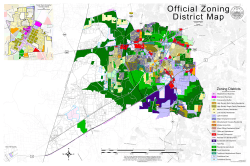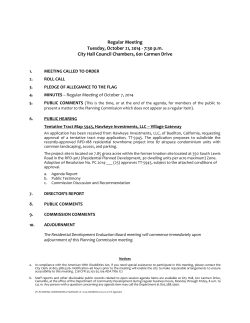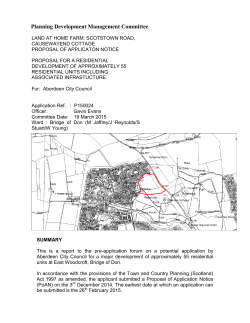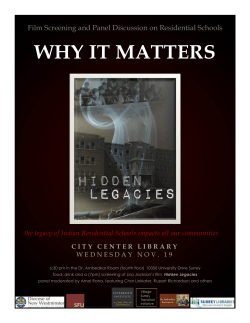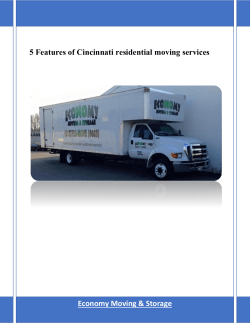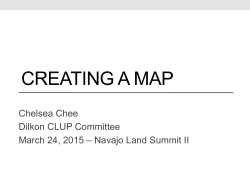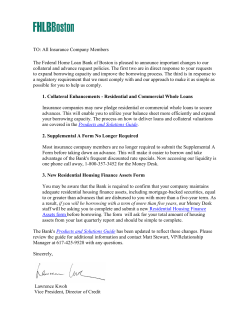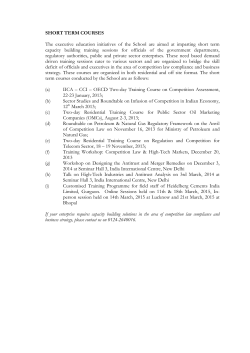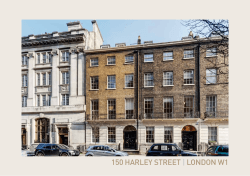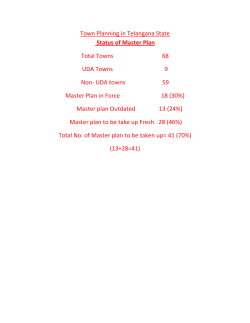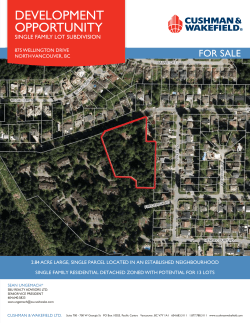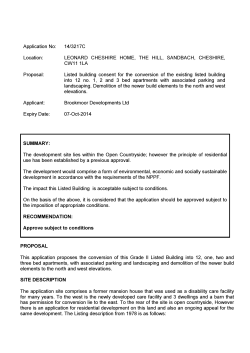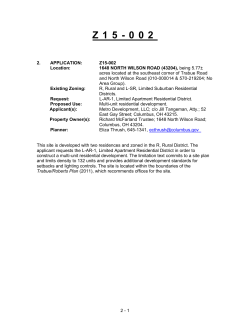
Urban land use planning key
SCO 4.2 Urban Land Use/Planning (pg 208-211) Definitions Name:______________________________ Word Bank Use all words, each word will be used only once. Words are only for fill in the blanks. Commercial Open Space Industrial Quality of life Institutional Residential Land Use Transportation LAND USE is the term that geographers and planners use to identify the different areas where people live, shop, work, play and go to schools (pg 208) Land use patterns can affect QUALITY OF LIFE in a town or city. (pg 208) List the 6 main designations for urban land use. (pg 208) 1. RESIDENTIAL 2. TRANSPORTATION 3. COMMERCIAL 4. INDUSTRIAL 5. INSTITUTIONAL 6. OPEN SPACE What % is used for the following urban land in Ottawa? (Refer to figure 5.10 on pg 208) 1. Residential – 29% 2. Other – 40.1 % 3. Open Space – 15.5% 4. Institutional – 3.6% 5. Industrial – 6.1% 6. Commercial – 3.2% 7. Transportation –2.5% Which type of land use has the most % and what do you think the reason is? Other because it includes roads, vacant land as well as inland waters which have not been developed yet. What type of land use has the least % and what do you think the reason is? Transportation because it does not take up much space especially communication and utilities, they are usually found outside of town. Residential land use refers to land that has been allocated to living space. May very in density and size. (pg 209) Transportation land use is important designation. Moving people and goods from place to place. (pg 209) Commercial land use accounts for land that has been assigned to business activities. (pg 210) Industrial land use refers to land allocated to factories (where goods are manufactured). Usually located along major transportation routes. (pg 210) In the above question, what are the benefits of that land use being located along major transportation routes? (pg 210) Transport goods to market, easier access therefore less cost to ship. Institutional land use refers to urban land occupied by schools, hospitals, and government. (pg 211) What is the difference between open space and recreational land use? (pg 211) Open space is land that has been left in its natural space where recreational space is used for playgrounds, golf courses, and sports fields. What is the big challenge in planning land use? (pg 211) Provide housing for growing population but must also provide green open space and protect wildlife. Who makes the land use decision? (pg 211) Local politicians, developers, citizens and urban/transportation planners.
© Copyright 2025




